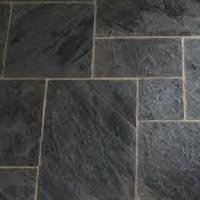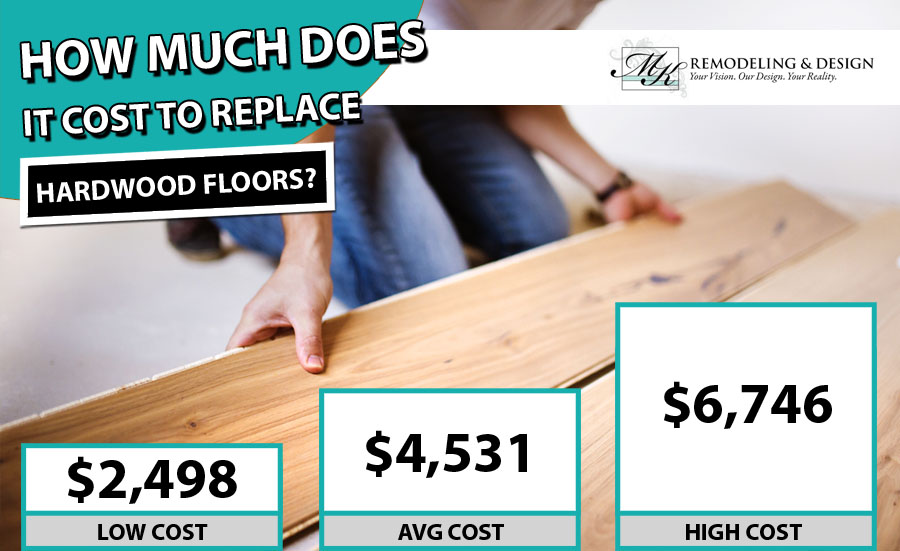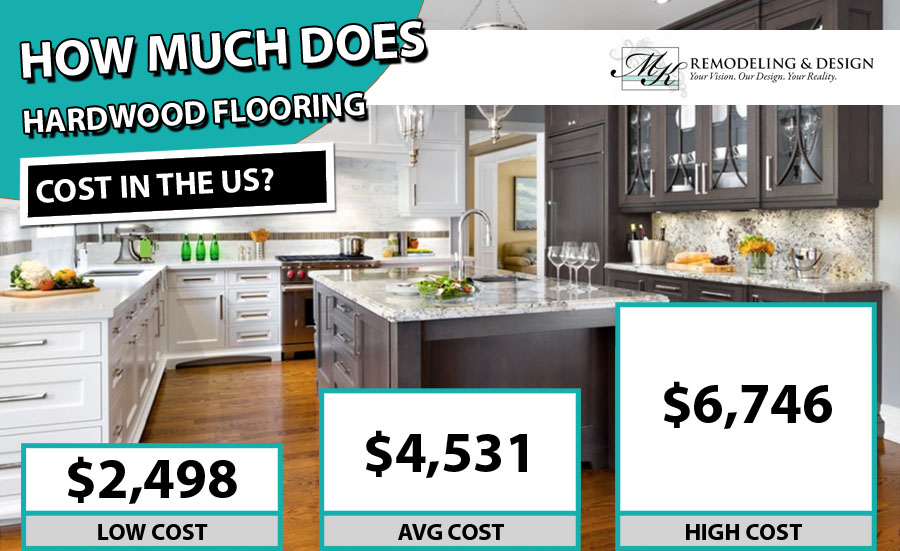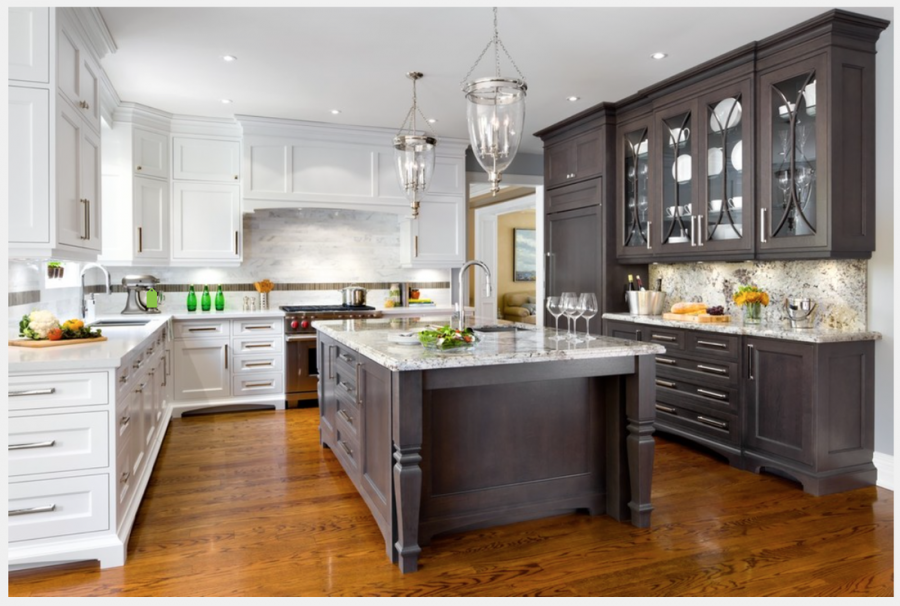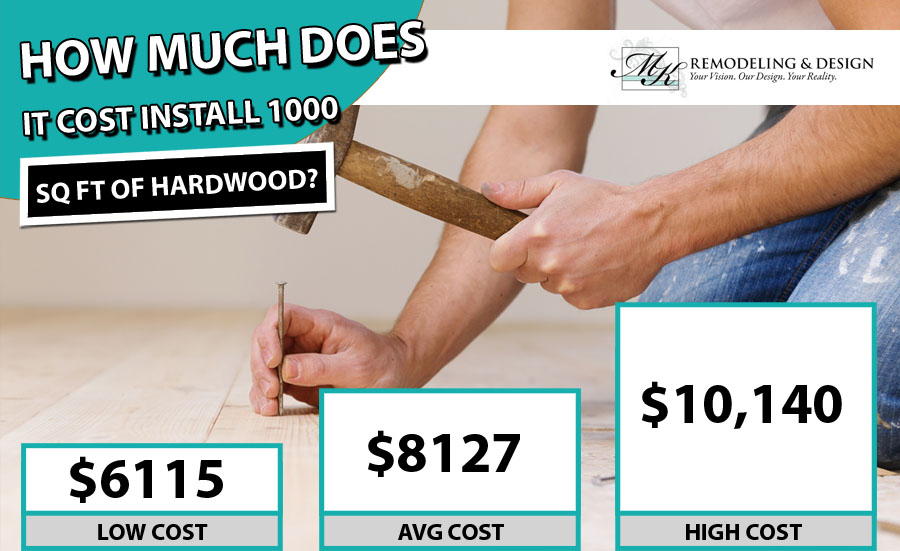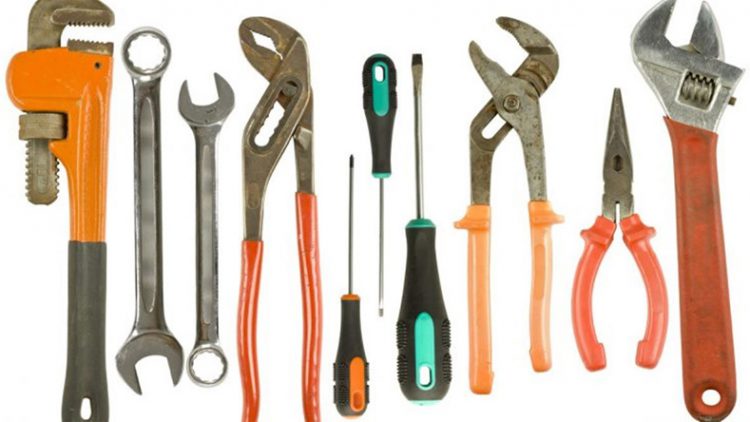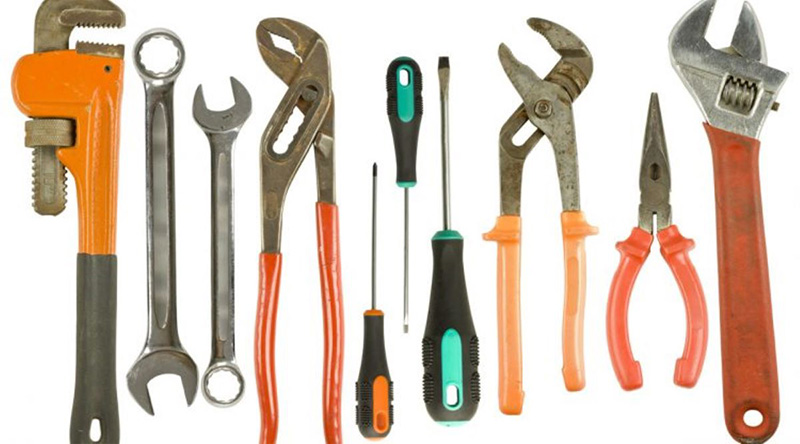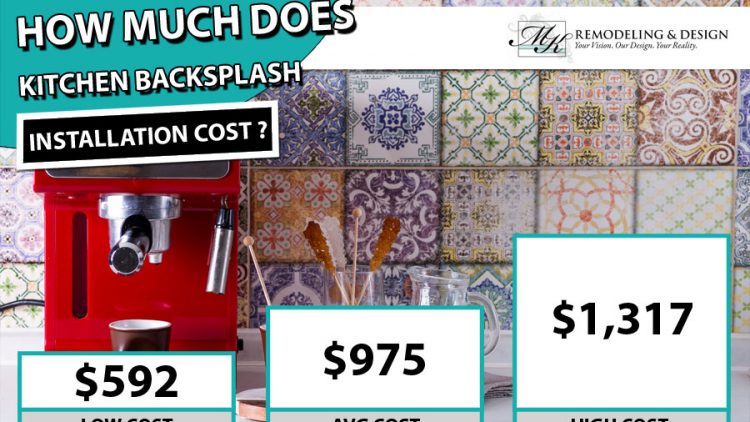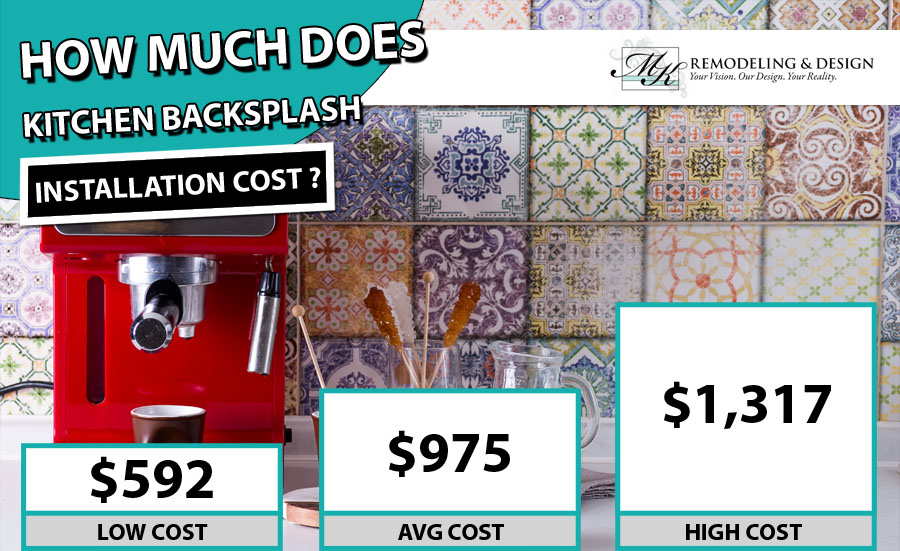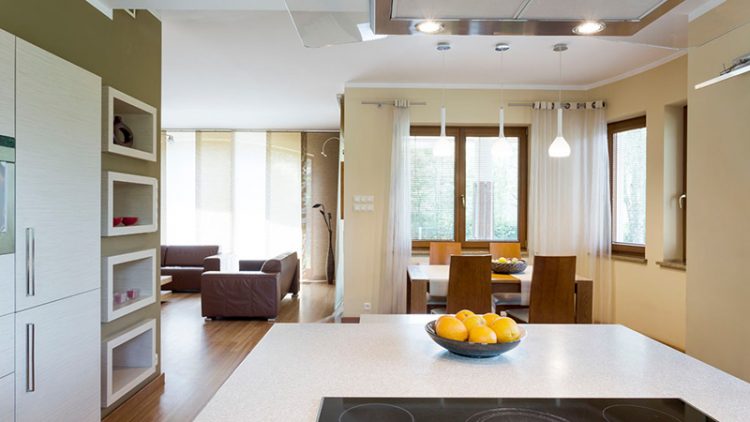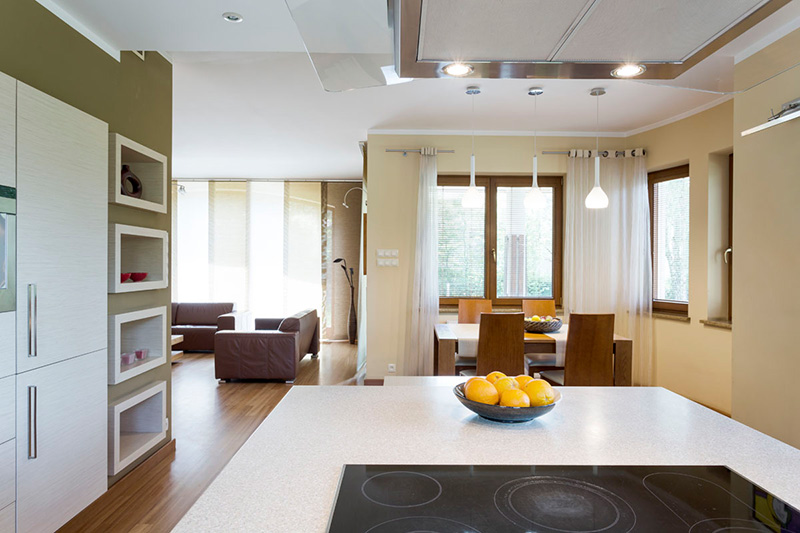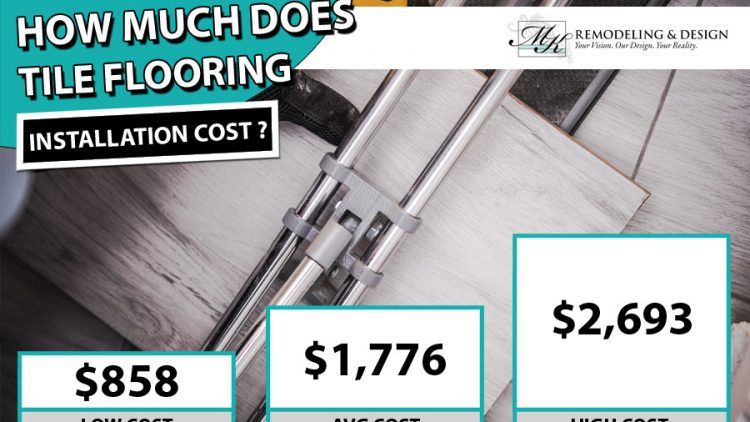Types Of Tiles
Flooring is an important part of a home’s atmosphere, and tile flooring options are frequently robust and long-lasting, which helps to offset the high expenditures of flooring upgrades and maintenance. Some options have a lower environmental impact and use more sustainable materials. Although there are some similarities between different types of tile flooring, there are also some significant distinctions. Let’s take a look at the numerous possibilities accessible to help you come up with tile flooring ideas.
The tile is made of ceramic.
Sand, natural ingredients, and red or white clay are used to make ceramic tile, which is then baked in a kiln. Ceramic tile comes in two varieties: glazed and unglazed, with glazed ceramic tile being the more popular alternative. Non-glazed ceramic tiles have a matte finish and greater texture, simulating stone tiles, whereas glossy ceramic tiles have a glass-like surface. Ceramic tile is a great choice for bathrooms, kitchens, entryways, laundry rooms, and mudrooms because of its durability and ability to resist stains, odors, and bacteria. Indoor glazed ceramic tiles can cost anywhere from $.50 to $7 per square foot, depending on size, whilst unglazed ceramic tiles cost around $2 per square foot. Ceramic tile has a long lifespan, frequently lasting 20 years or longer, but it is time-consuming and difficult to install. Typically, the method entails applying a coat of cement, bonding the tiles to a backer board, and then grouting the gaps between the tiles.
Porcelain tile is made of clay and natural materials and then baked in a kiln, similar to ceramic tile. Porcelain, on the other hand, is considerably stronger, harder, and less porous than conventional ceramic tiles because it is manufactured with finer clays and burnt at a higher temperature in the kiln. Porcelain tile is commonly white, transparent, and dense. Porcelain tile is perfect for patios, laundry rooms, kitchens, and bathrooms because of its longevity and even stronger water resistance than ceramic tile. Porcelain tile is a more expensive tile alternative due to its high quality, durability, and design flexibility, with prices ranging from $2 to $10 per square foot for interior applications. Porcelain tile is long-lasting, scratch-resistant, and stain-resistant. Porcelain tile installation can be time-consuming and difficult due to its density, which makes it tough to cut through and place properly.
Tile made of glass
Glass tiles are made of tiny shards of glass with a translucent glaze fired onto the reverse of the tile. They are available in a variety of colors. A mosaic pattern is put on a mesh backing in some glass tiles. Bathrooms are where glass tile is most commonly found, but it may also be found in kitchens, living rooms, and even swimming pools. Glass tile is one of the more costly options, costing anything from $5 to $15 per square foot. It’s also a more delicate tile, which means it’ll be more susceptible to chipping and scratches over time. Glass, on the other hand, is completely impervious to moisture because to its nonporous composition. Glass tile, like ceramic tile, can be difficult to install, especially because it is translucent. It will show through if the subsurface behind the glass tile is not precisely polished. As a result, hiring a specialist to install glass tiles is required.
Tile made of cement
Natural pigments are poured into a design mold, backfilled with cement, then set with hydraulic compression to form cement tiles. They are more environmentally friendly because they are air-cured rather than burnt in a kiln. Cement tiles have a porous appearance and are available in many different sizes, patterns, and designs. Because of its resistance to wear and tear, this material is great for bathrooms, laundry rooms, and mudrooms. Cement tile is reasonably priced, ranging from $1 to $5 per square foot or more depending on the design’s complexity. It’s even more resilient than ceramic tile and capable of withstanding a lot of wear and tear. While it is possible for handy people to install it themselves, it is recommended that you visit a professional or conduct extensive web research before attempting to lay the tile. Because cement is so heavy, it’s a good idea to have an expert inspect the house to make sure it can withstand the weight.
Tiles made of marble
Marble is a natural stone that is quarried in hilly places around the world and cut into slabs and tiles. Marble is distinguished by its wavy, veined texture, which gives it a refined, opulent appearance. Marble tile may be utilized in almost any space, but it is particularly well suited to foyers, corridors, kitchens, bathrooms, and living rooms due to its design adaptability and smooth, high-end appearance. Marble tiles range in price from $5 to $25 or more per square foot, making it one of the most expensive flooring options available. Its structure tends to have air passages, and as a result, it is not very durable — it breaks, chips, and cracks more easily than other floor materials, and requires a lot of upkeep. While it is feasible to install marble on your own, matching the natural design of the marble might be tough. To get a balanced design, start by laying down the tile on the floor and mixing and matching until you have the pattern you want.
Tile Installation Costs Per Square Foot
Item
- Tile
- Labor
- Other Materials
- Old Surface Removal
- Area Preparation
- Total
Per Square Foot
- $0.50-$15 Indoor – $1-$35 Outdoor
- $4-$32
- $6-$9
- $2
- $1-$5
- $13.50-$63 Indoor – $14-$83 Outdoor
To install tile in your home, the range is about $13.50 to $63 per square foot. If you want tile installed outdoors, you may pay up to $14 to $83 per square foot. Most of the expense is for materials and labor.
Tile Material Cost Per Square Foot
Material
- Porcelain
- Ceramic
- Porcelain Wood Tile
- Rectified Tile
- Slate
- Glass
Indoor / Outdoor
- $3-$10 / $3-$35
- $0.50-$7 / $1-$35
- $3-$12 / $3-$35
- $0.50-$15 / $1-$35
- $5-$15 / $5-$35
- $5-$15
When thinking about a tile project, homeowners can decide on anything from premium, designer tiles to the least costly ceramic. Before starting your search for the perfect style of tile, consider a few factors such as its composition, quality, strength, what it is to be used for and its placement. Some tile is too weak or thin to use for flooring, but are perfect for backsplashes, and in some cases, countertops.
Cost of Porcelain vs Ceramic
The cost of ceramic tiles ranges from $0.50 to $35 per square foot. Ceramic is less durable and softer than porcelain, so they usually cost less. Porcelain tiles will cost about $3 to $35 per square foot. Thin porcelain tends to hit the higher side of the cost range. They go through a special procedure that provides extreme durability with minimal thickness.
Installing Tile Labor Cost
The labor costs for tile installation can range from $4 to $32 per square foot. Flooring installation goes from $4 to $14 per square foot, in comparison to $25 to $32 per square foot for backsplashes and countertops. Even though this expense is typically set by the square foot, some pros may charge by the hour. In that case, hourly rates go from $30 to $120, depending on the size and the complication of the project.
Cost Factors for Installing Tile
Item
- Other Materials
- Old Flooring Removal, Countertop or Backsplash
- Cost To Repair A Sub-Floor
- Cost To Install A New Sub-Floor
Cost Per Square Foot
- $6-9
- $2
- $40-$65
- $10-$20
Find out if the surface is level and utilize a self-leveling compound if necessary.
GET A TILE INSTALLATION QUOTE IN MESA HERE!
Are you thinking about installing tile in Mesa, Arizona? MK Remodeling offers professional and affordable remodeling services including kitchen remodeling and bathroom remodeling in many areas of the Phoenix, Arizona area.

